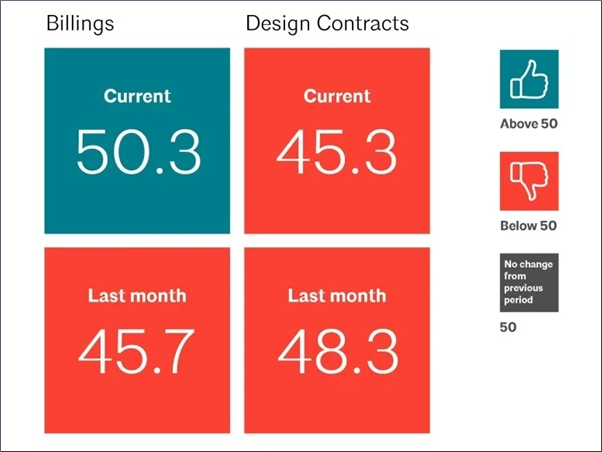Date: 26 June 2009
Much of this deceleration will be caused by projected declines in prices for plastic and metal windows and doors from their elevated 2008 level, but a weak outlook for building construction in the large West European market will also hinder gains. Demand in China will account for over one-half of the expansion of the global window and door market between 2008 and 2013. These and other trends are presented in World Windows & Doors, a new study from The Freedonia Group Inc., a Cleveland-based industry research firm.
Window and door demand in China is forecast to rise nearly 12 percent annually to $40 billion in 2013, outpacing all other major national markets, according to a June 23 Freedonia release. Although the rate of growth will slow from the pace of the 2003-2008 period (when demand tripled), the size of the gains will continue to increase. China’s expansion will be driven by the rapid growth of building construction in that country, especially in the nonresidential market. In the next several years, China is expected to surpass the U.S. as the largest market for windows and doors.
Other markets forecast to experience above average growth between 2008 and 2013 include India and Indonesia. Although window and door demand in these countries is much smaller than that in China, relatively low per capita demand levels provide the potential for strong market expansion as incomes in both nations continue to rise. The U.S. was the largest national market for windows and doors in 2008, but its share of the global window and door market is being eroded by the rising emerging markets, especially China.
Plastic windows and doors are projected to be the fastest growing products through 2013; however, these products will only make up one-fifth of the global market. Gains will largely be driven by demand in China, where plastic products are gaining market share at the expense of metal products. Plastic materials have benefited from their relatively low cost and reduced maintenance requirements. However, their insulative properties are expected to be one of the most important contributors to their growth over the forecast period, as building owners around the world seek to reduce the energy consumed by climate control systems, according to the release.










Add new comment